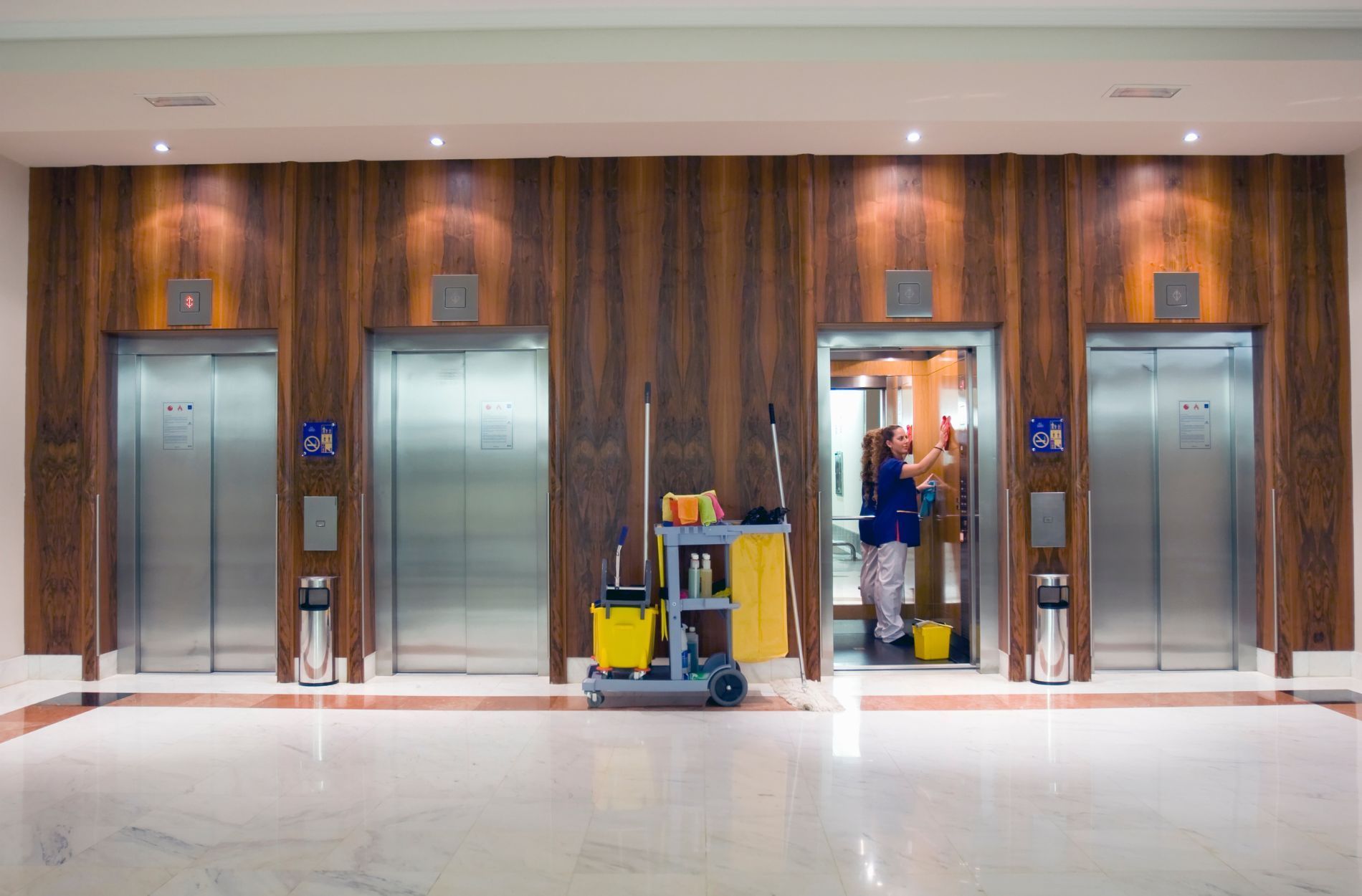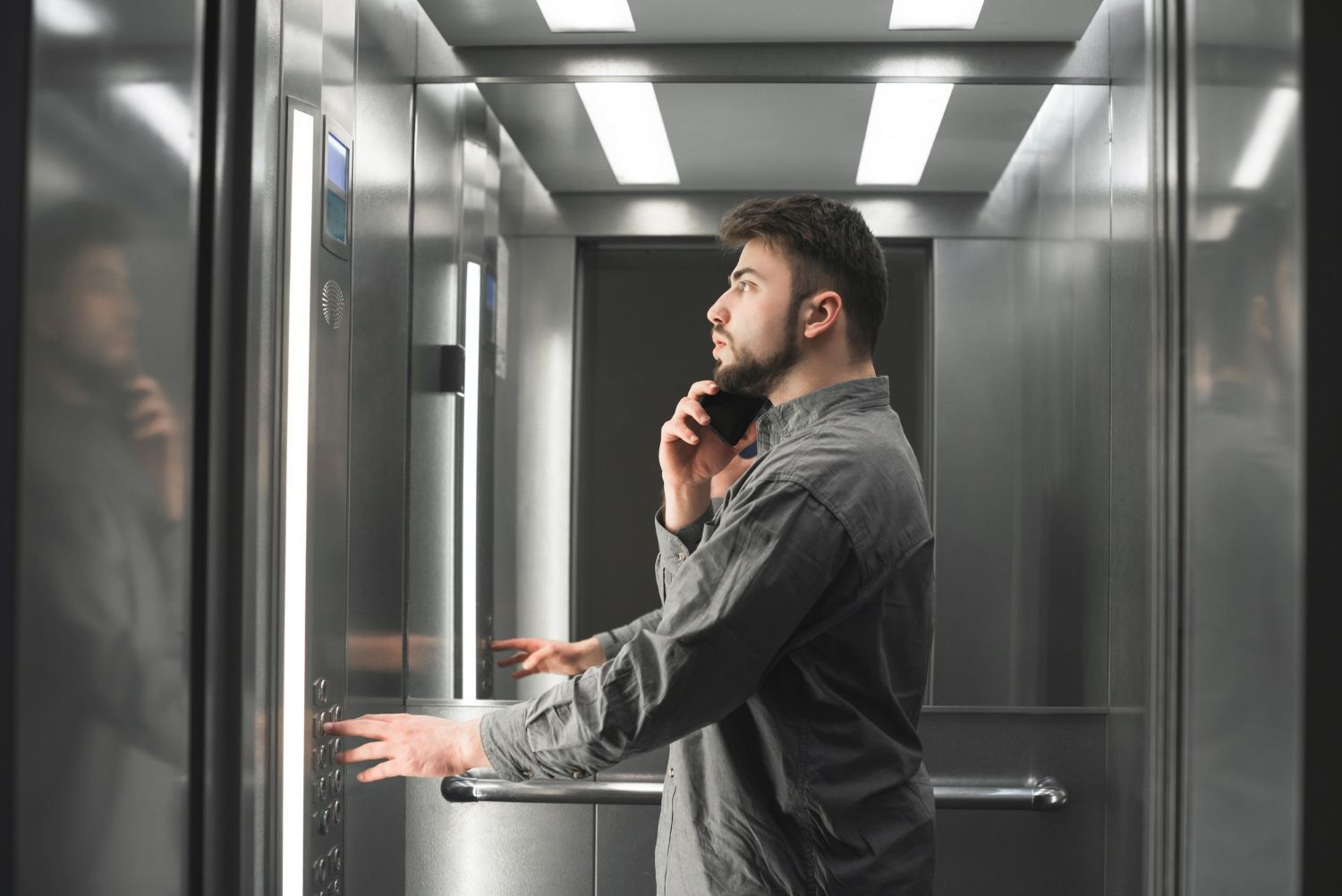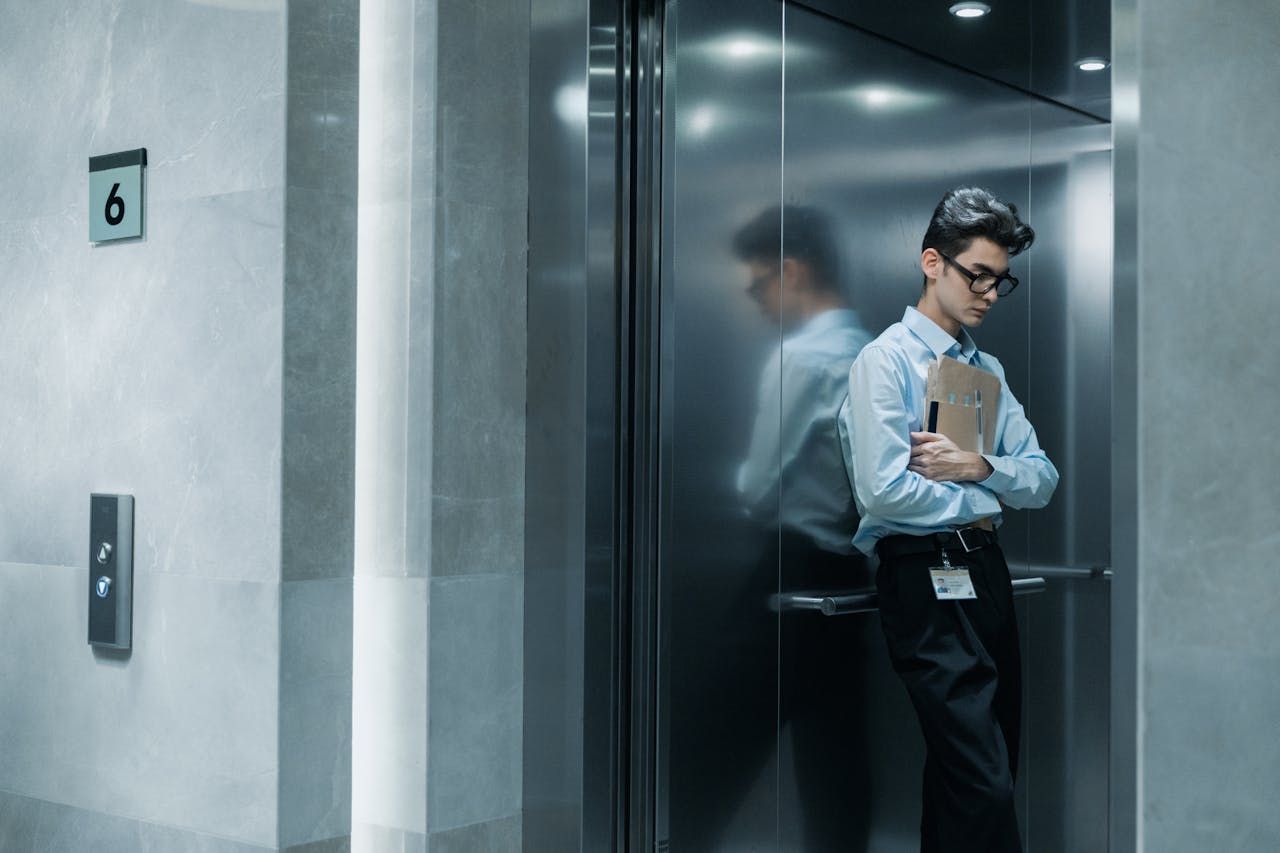The Essential Role of Wheelchair Lifts in Fostering an Accessible and Inclusive Environment
In a world that values accessibility, inclusivity, and the rights of every individual, wheelchair lifts play a vital role in bridging the gap for those with mobility challenges. These mechanical devices, designed to transport wheelchair users between floors or small vertical distances, facilitate easy access to both public and private spaces, ensuring a barrier-free environment for all. As property owners, facility managers, and public administrators, investing in wheelchair lifts not only signifies a commitment to inclusivity but also demonstrates an understanding of the need to create environments that cater to a diverse range of individuals.
In this comprehensive article, we will delve into the essential role that wheelchair lifts play in fostering an accessible and inclusive environment. We will explore the various types of wheelchair lifts, discussing their potential applications in different settings. Further, we will examine the significance of partnering with a trusted and experienced service provider like Elevator Solutions Inc., who can help you plan, install, and maintain an efficient, reliable, and code-compliant wheelchair lift system catering to the unique requirements of your property.
At Elevator Solutions Inc., we take pride in helping our clients create welcoming and accessible spaces through our expertise in the installation, repair, and service of wheelchair and material lifts. Recognizing that accessibility goes beyond mere compliance with regulations, our team of knowledgeable professionals is committed to delivering tailored solutions designed to enhance the safety, comfort, and mobility of individuals who rely on wheelchair lifts for a barrier-free experience. Trust Elevator Solutions Inc. as your premier partner for wheelchair lift services, and together, let's make strides towards increased accessibility and inclusivity in our communities.
Types of Wheelchair Lifts and Their Applications
1. Vertical Platform Lifts
Vertical platform lifts (VPLs), also known as porch lifts, are designed to transport wheelchair users vertically over short distances, typically between the ground level and an entrance or landing. Commonly installed in residences, commercial buildings, or public spaces, VPLs offer a safe and reliable solution for overcoming barriers like stairs or elevated entryways.
2. Inclined Platform Lifts
Inclined platform lifts (IPLs) are useful in settings where a ramp is not feasible or space is limited. Designed to follow the incline of a stairway, these lifts carry wheelchair users across staircases while occupying minimal space. IPLs can be installed in various environments, including schools, offices, retail stores, and places of worship, among others.
3. Portable Wheelchair Lifts
Portable wheelchair lifts provide a temporary or mobile accessibility solution for wheelchair users. These lifts are often used at venues or in situations where permanent accessibility infrastructure is not practical or possible. Portable lifts can be easily transported and set up when needed, making them an ideal choice for events, outdoor gatherings, or temporary access requirements.
4. Stair Lifts
Although stair lifts are designed primarily for individuals with limited mobility who do not use wheelchairs, they can still play a role in promoting greater accessibility and inclusivity in certain settings. Stair lifts can be installed alongside other accessibility solutions to cater to a broader range of mobility needs in homes, offices, and other environments.
Choosing the Right Wheelchair Lift for Your Setting
1. Evaluate Your Accessibility Needs
Before selecting a wheelchair lift for your property, it's essential to assess the unique accessibility needs and challenges of your space. Consider factors such as the height and inclination of the barrier, the available area for installation, and the frequency and type of users that will benefit from the lift.
2. Consult with an Experienced Provider
Partnering with an experienced elevator solutions provider like Elevator Solutions Inc. can help guide you through the process of selecting and installing a suitable wheelchair lift for your property. Their expertise in assessing accessibility needs and offering tailored solutions ensures that your chosen lift effectively meets your requirements.
3. Ensure Compliance with Regulations
When installing a wheelchair lift, it's critical to ensure compliance with local building codes and accessibility guidelines. A trusted elevator solutions provider like Elevator Solutions Inc. can help you navigate the complex regulations and ensure that your chosen lift successfully adheres to all necessary requirements.
Maintaining and Repairing Your Wheelchair Lift
Just like any other mechanical equipment, wheelchair lifts require regular maintenance and occasional repairs to ensure optimal functionality, safety, and longevity. Partnering with a reliable elevator solutions provider like Elevator Solutions Inc. guarantees ongoing support, maintenance, and repair services for your wheelchair lift, keeping it in excellent working condition for years to come.
Conclusion:
Wheelchair lifts are a cornerstone of accessible and inclusive environments, empowering individuals with mobility challenges to experience barrier-free access to public and private spaces. By partnering with a trusted and experienced elevator solutions provider like Elevator Solutions Inc., you can take crucial steps towards enhancing accessibility and inclusivity in your community. Reach out to Elevator Solutions Inc. today to discuss your
wheelchair lift needs and explore the tailored solutions they offer for the installation, repair, and maintenance of wheelchair and material lifts.



